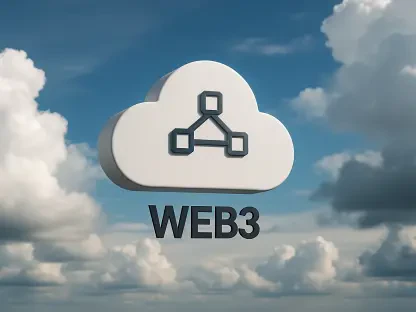In a dynamic shift that sends ripples across the tech industry, Microsoft has enacted significant layoffs, highlighting the company’s strategic pivot toward artificial intelligence solutions. These workforce reductions, affecting over 300 employees primarily in Washington state, underscore a broader industry trend where AI integration becomes central to corporate strategy. Understanding what drives this realignment—and how it may shape Microsoft’s future operations—is key in evaluating the implications within the tech sector.
Navigating Market Changes: Context and Significance
The strategic decision to streamline manpower while amplifying AI development aligns with Microsoft’s historical evolution. Over the years, the company transitioned from its early focus on software and operating systems to cloud computing, and now prominently to artificial intelligence. Evaluating these changes is vital, as they signal both internal shifts and industry-wide trends. Such a strategic transition is also reflective of prior managerial initiatives that set the foundation for the company’s current AI-focused trajectory, marking a critical phase in Microsoft’s evolution.
In-Depth Analysis of Operational Shifts and AI Emphasis
Technological Integration Driving Workforce Adjustments
Central to understanding Microsoft’s recent moves is examining the growing impact of AI on operational strategies. Currently, AI generates a significant portion of its internal codebase, positioning it as a technological leader in this domain. Industry analysts assert this change not only aligns with rapid technological advancements but also strategically situates Microsoft to harness expanding AI markets. While challenges include the reskilling of affected workers, the potential for increased productivity and innovation through AI is compelling.
Workforce Dynamics Amid AI Transition
Implications of AI-led strategies on Microsoft’s workforce reveal broader trends within the tech industry. Layoffs primarily involving software engineers and developers highlight a shifting demand towards AI proficiency. Such transitions may spark new opportunities for those with skills adaptable to AI innovations, though they also bring challenges including workforce displacement and the necessity for robust training programs to ensure seamless adaptation to evolving technological landscapes.
Regional and Sectoral Considerations in AI Deployment
The effects of Microsoft’s strategic changes may manifest differently across various regions, requiring nuanced implementation strategies. In areas with flourishing AI ecosystems, there could be significant investments and growth. However, regions without these infrastructures might face hurdles. Recognizing these differences is crucial, as successful AI integration requires addressing misconceptions and ensuring both workforce and market readiness align with the technological shifts underway.
Looking Forward: Emerging Trends and Industry Implications
Projections for Microsoft’s path and the tech industry indicate several emerging trends dictated by AI growth. These encompass regulatory challenges, technological advances, and shifts in consumer interactions that could redefine market dynamics. Speculative insights predict AI’s broad adoption will dictate operational changes for companies like Microsoft, leading to innovative business models and opportunities across various markets.
Strategic Conclusions and Recommendations
Reflecting on these developments, several key insights emerge for stakeholders navigating this tech landscape. Organizations must stay agile in adapting to technological shifts, emphasizing continuous learning and innovation. Professionals keen on remaining competitive should focus on developing AI-related skills. Meanwhile, companies should prioritize strategic workforce planning, leveraging technology to sustain growth amidst rapid change. Microsoft’s focused pivot towards AI underscores a transformative moment, reshaping not only the company’s future but also setting precedents within the industry. Understanding these strategic realignments opens pathways to harnessing opportunities and ensuring long-term success in a technology-driven world.









